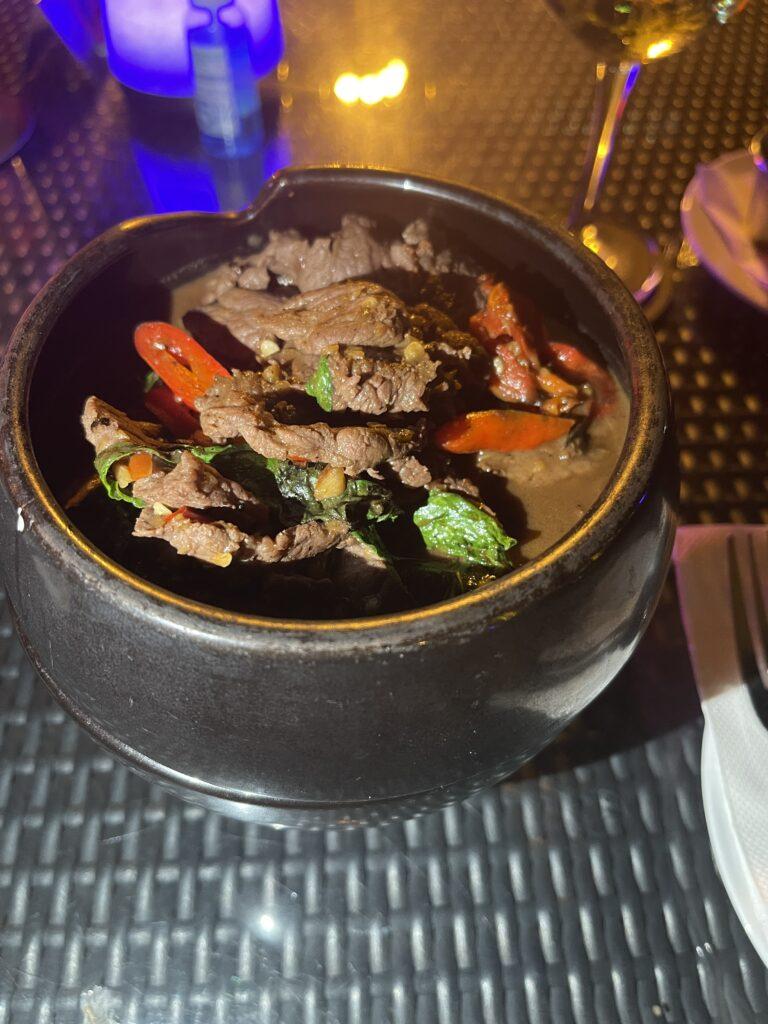Read this in: German
Differences between Thai and Vietnamese
Both Thailand and Vietnam are Southeast Asian countries that are similar in their cultural heritage, but there are also notable differences between the two countries, including the people.
Language:
Thai is the main language spoken in Thailand, while Vietnamese is the main language spoken in Vietnam. Both languages differ in tone and pronunciation, making it difficult for non-native speakers to learn. Thai is a tonal language, which means that the meaning of a word can change depending on the tone in which it is pronounced. Thai has five tones, which can make it difficult for non-native speakers to learn. Vietnamese also has a complex tonal system with six tones, which can also change the meaning of words.
Religion:
The predominant religion in Thailand is Buddhism, while in Vietnam it is a combination of Buddhism, Confucianism, and Taoism.
Buddhism is the predominant religion in Thailand, with over 90% of the population practicing Buddhism. In Vietnam, Buddhism is also widely practiced, but is often mixed with Confucianism and Taoism, reflecting the historical influences of China.
Cuisine:
Although both countries have rich culinary traditions, there are distinct differences in their cuisine. Thai cuisine is known for its bold, spicy flavors, while Vietnamese cuisine is known for its fresh ingredients and balance of sweet and savory flavors. Vietnamese cuisine, on the other hand, is known for its fresh ingredients and balanced mix of sweet and savory flavors. Popular dishes include Pho (noodle soup), Banh Mi (sandwich) and spring rolls.
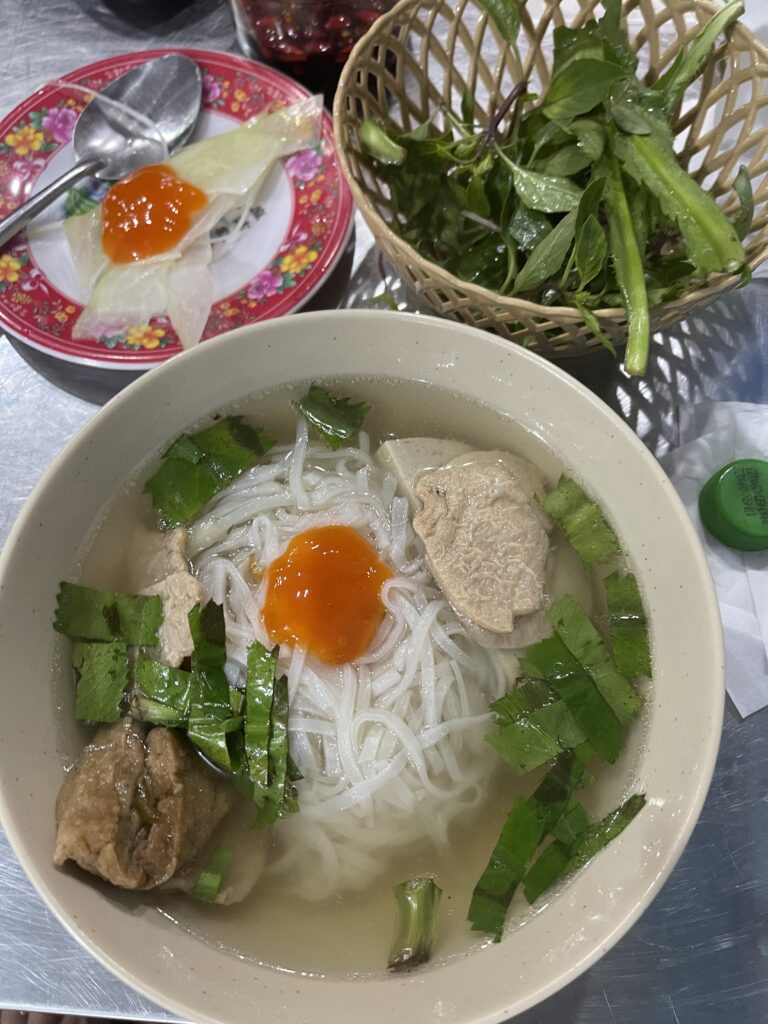
Thai cuisine is famous for its hot and strong flavors, often created through the use of chili peppers and spices such as lemongrass and galangal. Popular dishes include tom yum soup, pad Thai and green curry.
Customs and Traditions:
Both countries have their own customs and traditions, but they are weighted differently. While Thai culture emphasizes respect for authority and family values, Vietnamese culture emphasizes community and hospitality.
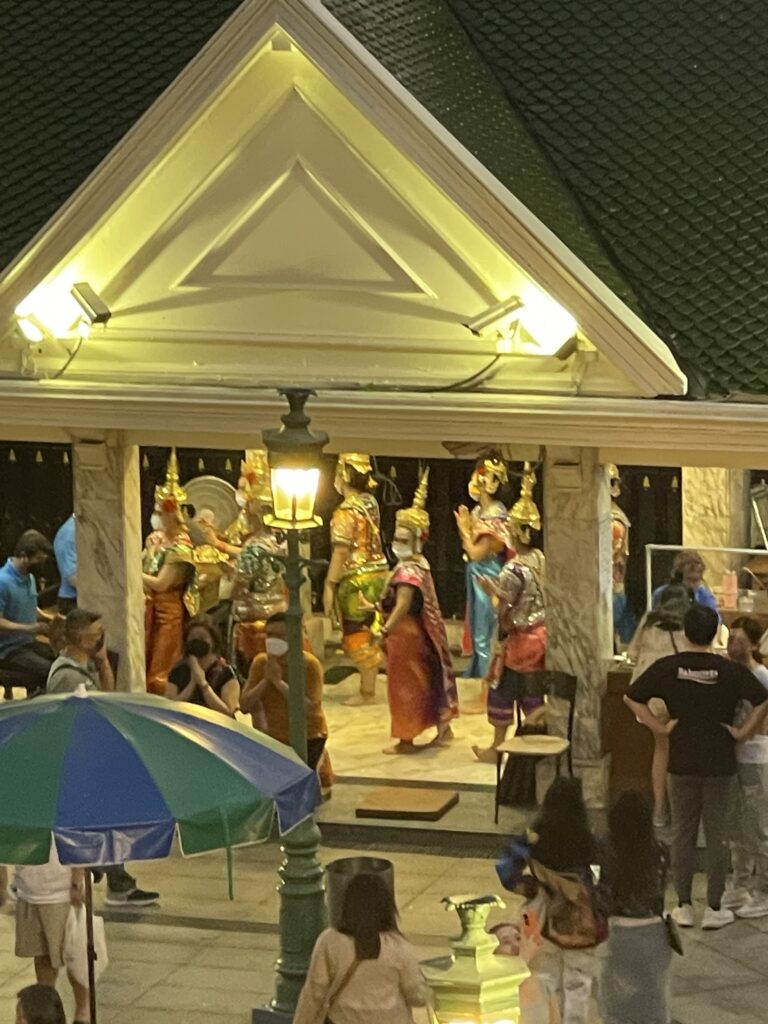
Thai culture places great emphasis on respect for authority, hierarchy and family values. Thais usually address their elders and authority figures with honorific titles. Family is also highly valued, and it is common for several generations to live together under one roof. Vietnamese culture, on the other hand, places a high value on community and hospitality. Vietnamese often show their hospitality by serving a variety of dishes to their guests and making them feel welcome in their home.
Traffic
Vietnam and Thailand have different traffic rules and regulations. In Vietnam, traffic laws are more lax and there is a general disregard for traffic rules, especially among motorcyclists. In contrast, Thai traffic rules are stricter and better enforced. Motorcyclists must wear helmets and violators of traffic rules are severely punished.
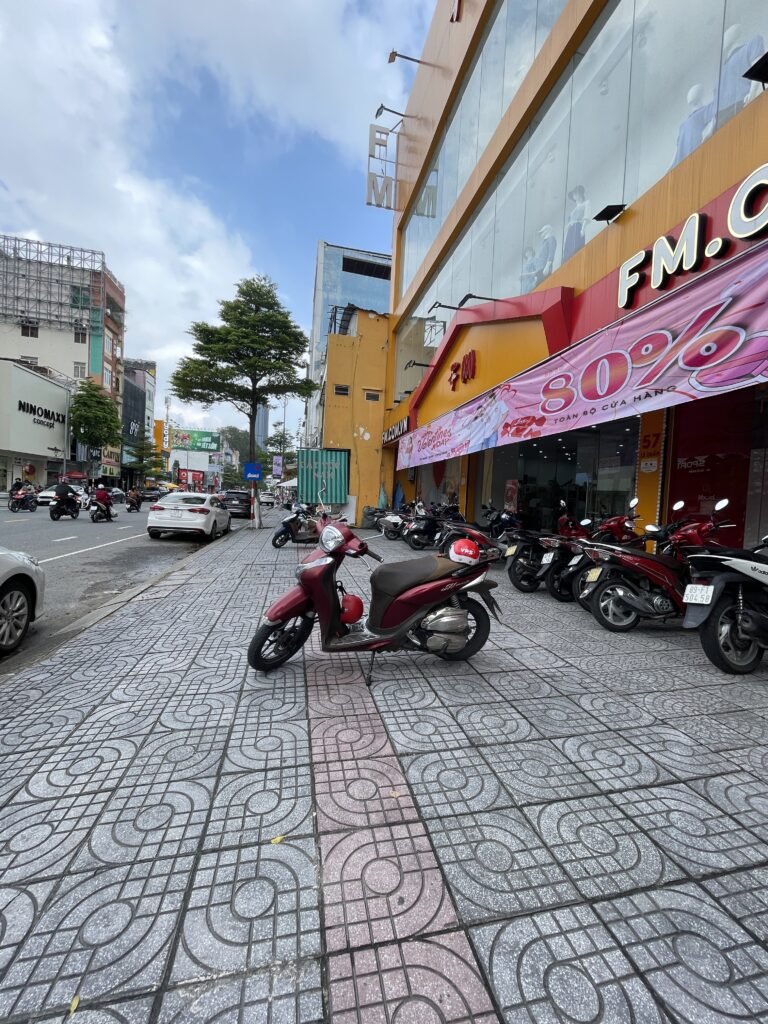
In Vietnam there are more motorbikes on the sidewalk than people walking
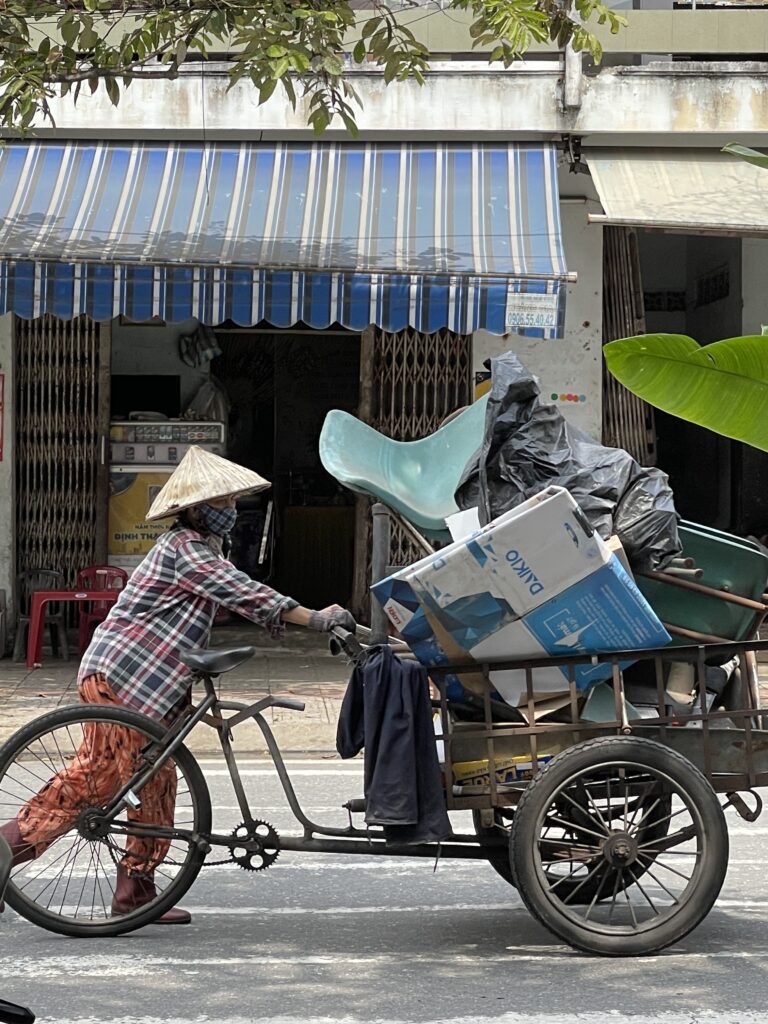
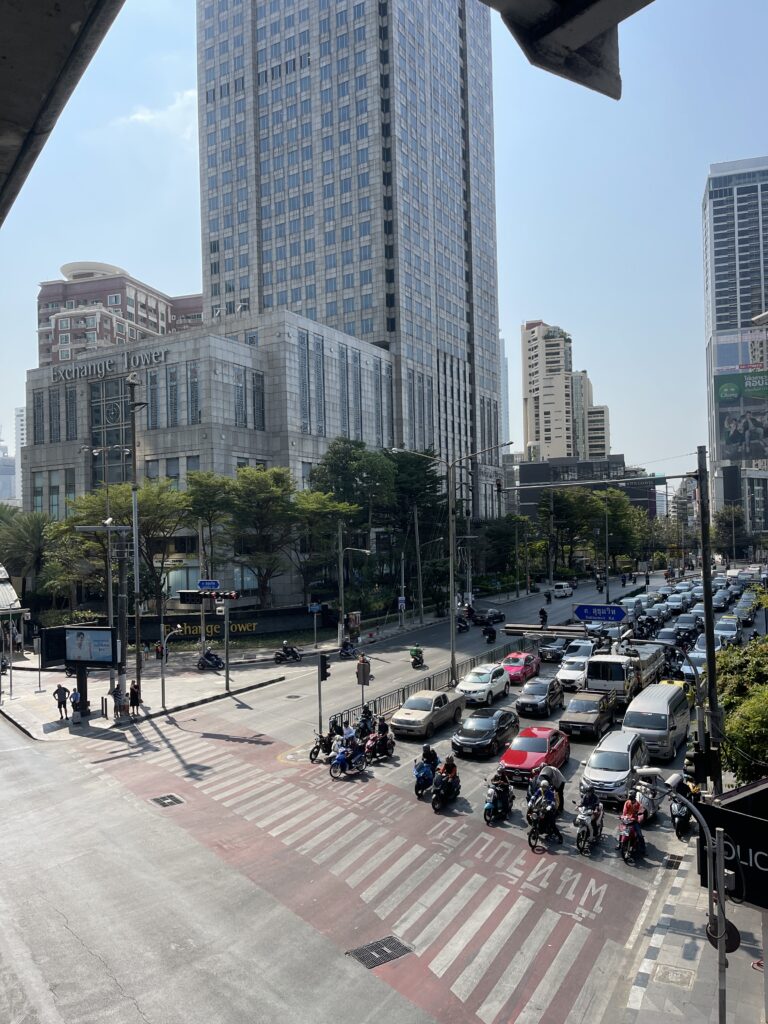
Bangkok
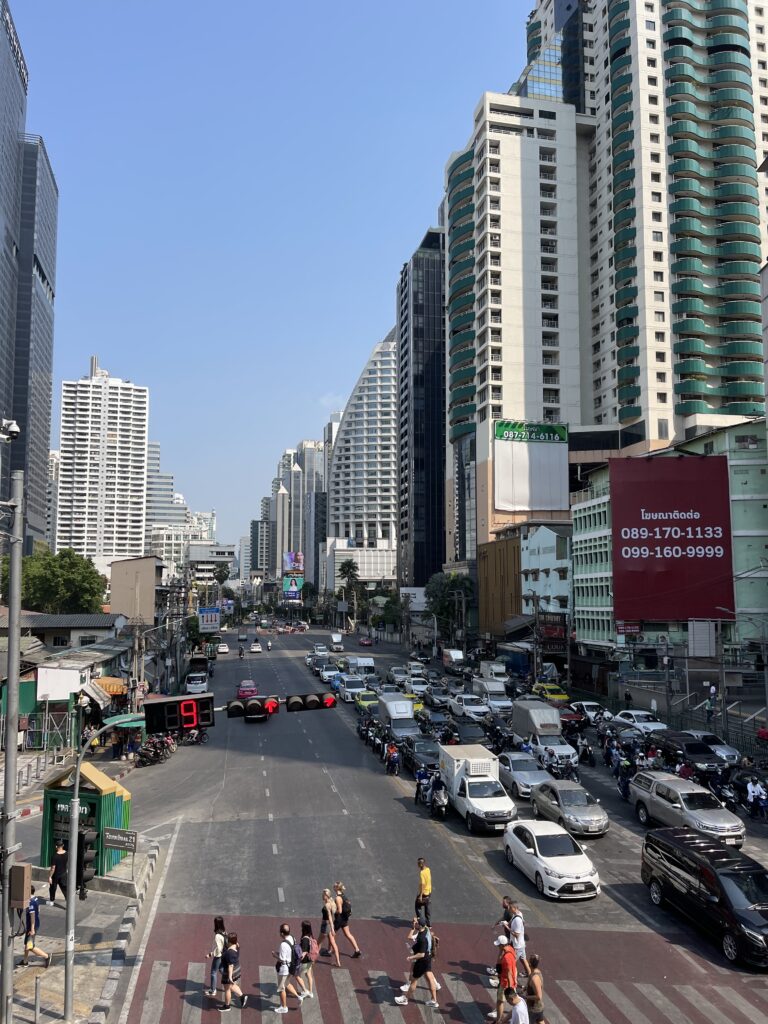
Bangkok
Driving style: In Vietnam, motorcyclists tend to weave in and out of traffic, often ignoring traffic signs and riding on sidewalks. Thai motorcyclists, on the other hand, generally obey traffic rules and ride on the road.
In Thailand, it’s left-hand traffic and in Vietnam, it’s the same as here.
Some more differences in short:
History:
Although both countries have a rich history and were influenced by various empires and countries, their historical trajectories are distinct. Thailand is the only country in Southeast Asia that was never colonized by a European power. Vietnam, on the other hand, faced periods of Chinese rule and later, French colonial rule, which ended with the First Indochina War.
Festivals:
While both countries celebrate Lunar New Year, the festivities are notably different. In Vietnam, Tết is the most significant holiday, and traditions include family reunions, ancestor veneration, and giving red envelopes to children. In Thailand, the Songkran Festival, a traditional New Year’s Day, is particularly famous for its water fights.
Attitudes Toward Time:
The concept of time in both countries is somewhat different. In Thailand, there’s a more laid-back approach often termed as “Thai time,” where punctuality isn’t always a priority. In Vietnam, people tend to be more punctual and value time efficiency.
Coffee Culture:
Vietnam has a deep-rooted coffee culture, introduced during French colonial times. The coffee is often strong and served with condensed milk. Thailand is more famous for its tea culture, although coffee is also popular. Thai iced tea is a well-known drink, made from Ceylon tea and sweetened with sugar and condensed milk.
Islands and Beaches:
Thailand is famous for its idyllic beaches and islands like Phuket and Koh Samui. Vietnam has its share of beautiful coastlines like Nha Trang and Phú Quốc but is generally less associated with island vacations compared to Thailand.
Traditional Clothing:
In Vietnam, the traditional dress is the Áo Dài, a long, tight-fitting silk tunic worn over trousers. In Thailand, traditional clothing includes the Pha Sin, a wrap-around skirt, and Sabai, a shawl-like garment.
Street Food:
Both countries have vibrant street food cultures, but the offerings are different. In Vietnam, you’ll find dishes like Bún chả and Bánh mì being sold on the streets. Thailand offers various options like Som Tum and satays.
Public Transportation:
Bangkok has a more developed public transportation system, including a Skytrain and an underground metro. Hanoi and Ho Chi Minh City are expanding their public transportation systems but are more reliant on buses and a vast network of motorbikes.
Arts:
Thai classical arts, like traditional dances and shadow puppetry, are distinct and have religious and royal influences. Vietnamese arts also include puppetry (water puppetry is unique to Vietnam), but you’ll also find a strong tradition of folk music and chamber music.
Conclusion:
Reflecting on my journeys through Thailand and Vietnam, the contrast in traffic cultures was striking. In Thailand, navigating the roads felt much more relaxed, a stark difference to the adrenaline-pumping experience of dodging motorbikes in Vietnam, where honking seemed to be a national pastime.
Culinary adventures were a highlight in both nations. The spiciness of Thai food grew on me to the point where its absence felt like a missing chord in a familiar song. On the other hand, Vietnam introduced me to a daily ritual I looked forward to—Pho soup. As a huge Pho fan, I found myself indulging in this aromatic noodle soup every day, even for breakfast, and it was nothing short of heavenly.
Despite being a coffee aficionado, the famous Vietnamese coffee was a bit of a letdown for me. While I was excited to try it, the overpowering strength and pre-added sweetness just didn’t sit well with my palate.
Culturally, both countries exuded a warmth and generosity that made me feel at home, albeit in slightly different tones. Thailand seemed to resonate with a more tranquil vibe, perhaps influenced by its unique form of Buddhism.
As for the languages, Thai had a melodic quality, like a tune you can’t get out of your head, while Vietnamese sounded more straightforward and hard-hitting.
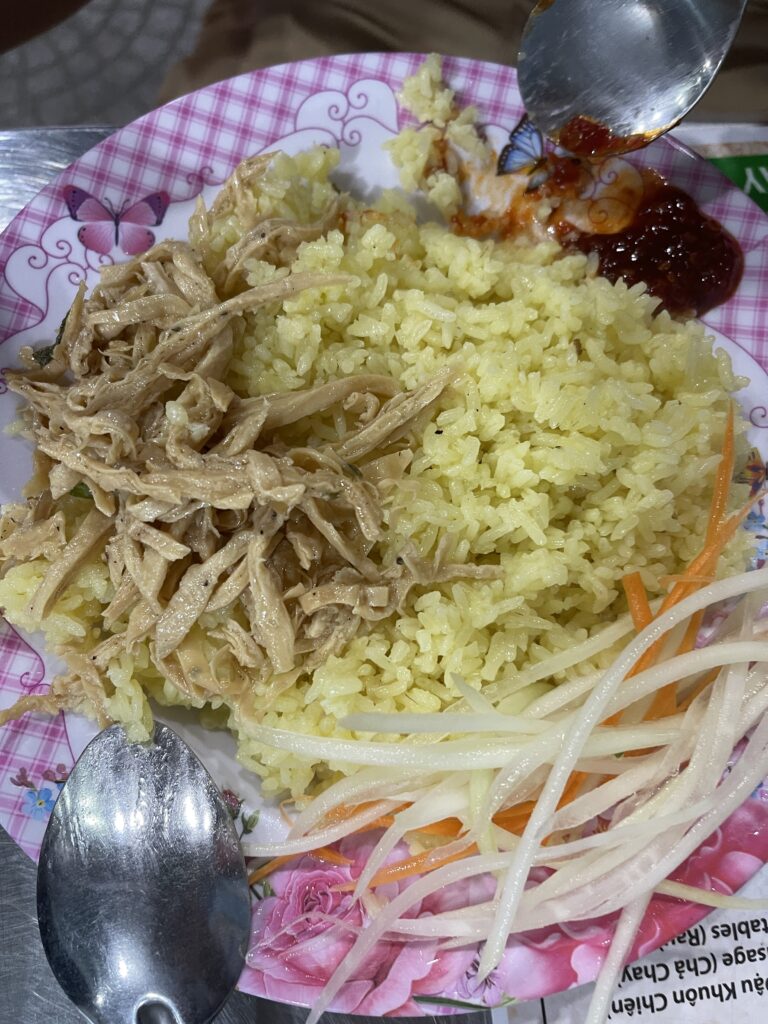
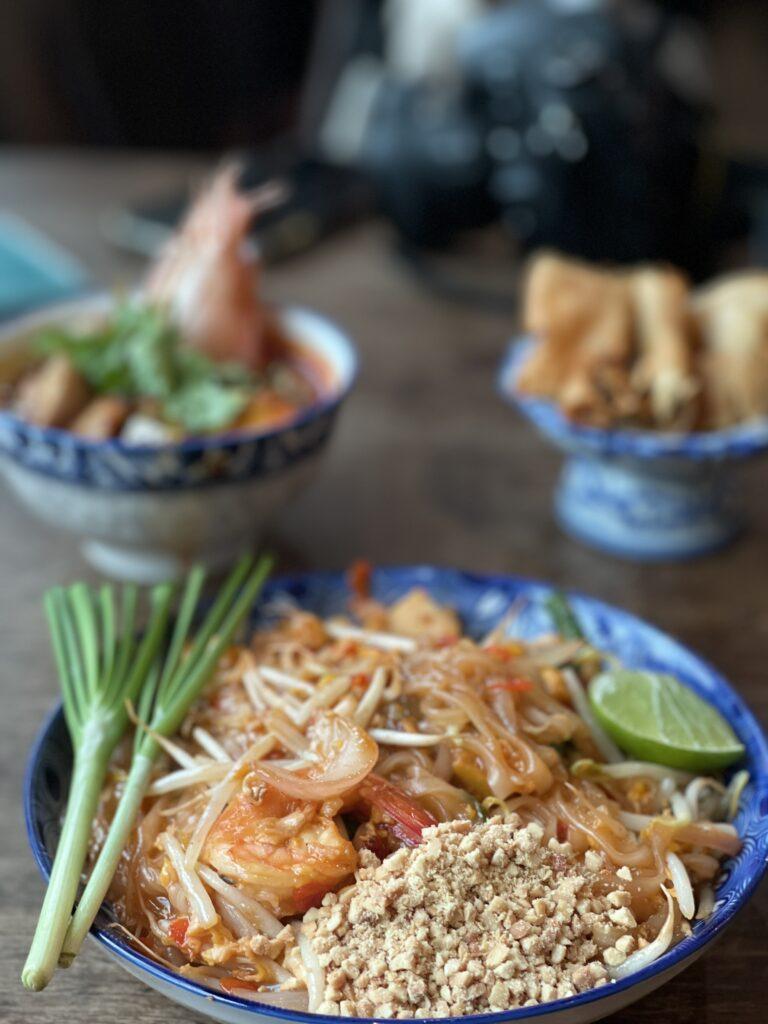
Both countries have carved out special places in my heart, and I would highly recommend anyone to immerse themselves in the distinct yet equally enriching experiences each has to offer. Despite their differences—from the flavors of morning Pho in Vietnam to the serene roadways in Thailand—each country presents a vibrant mosaic of culture and life that’s absolutely worth exploring.
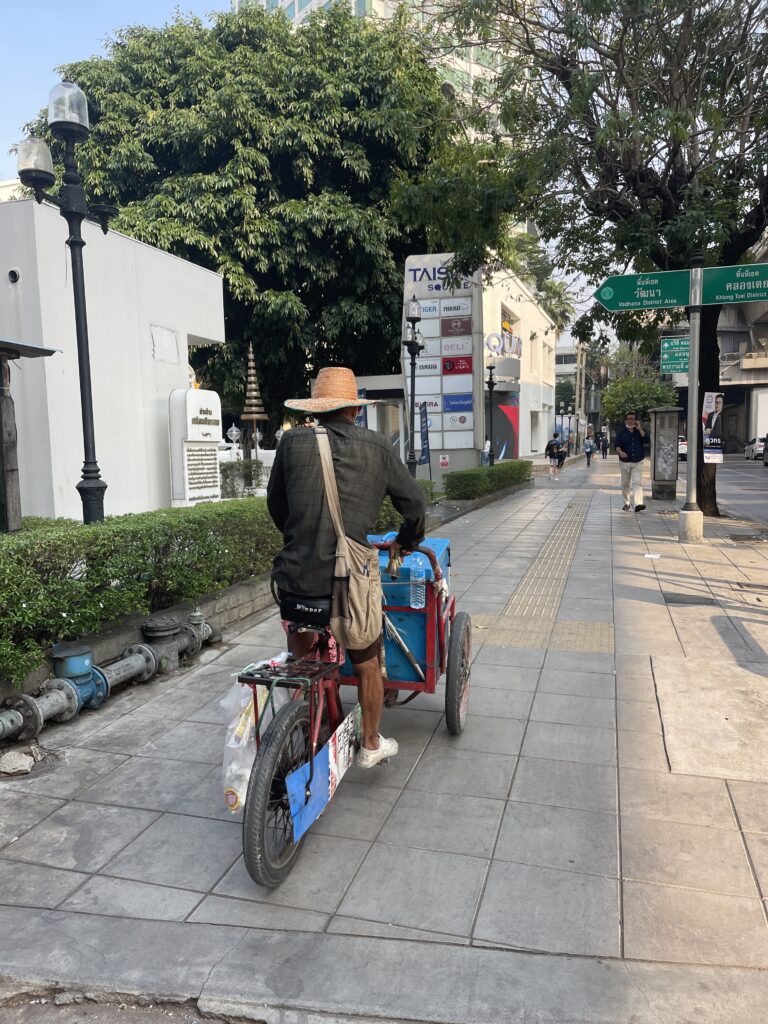
Ice Cream on the bike

